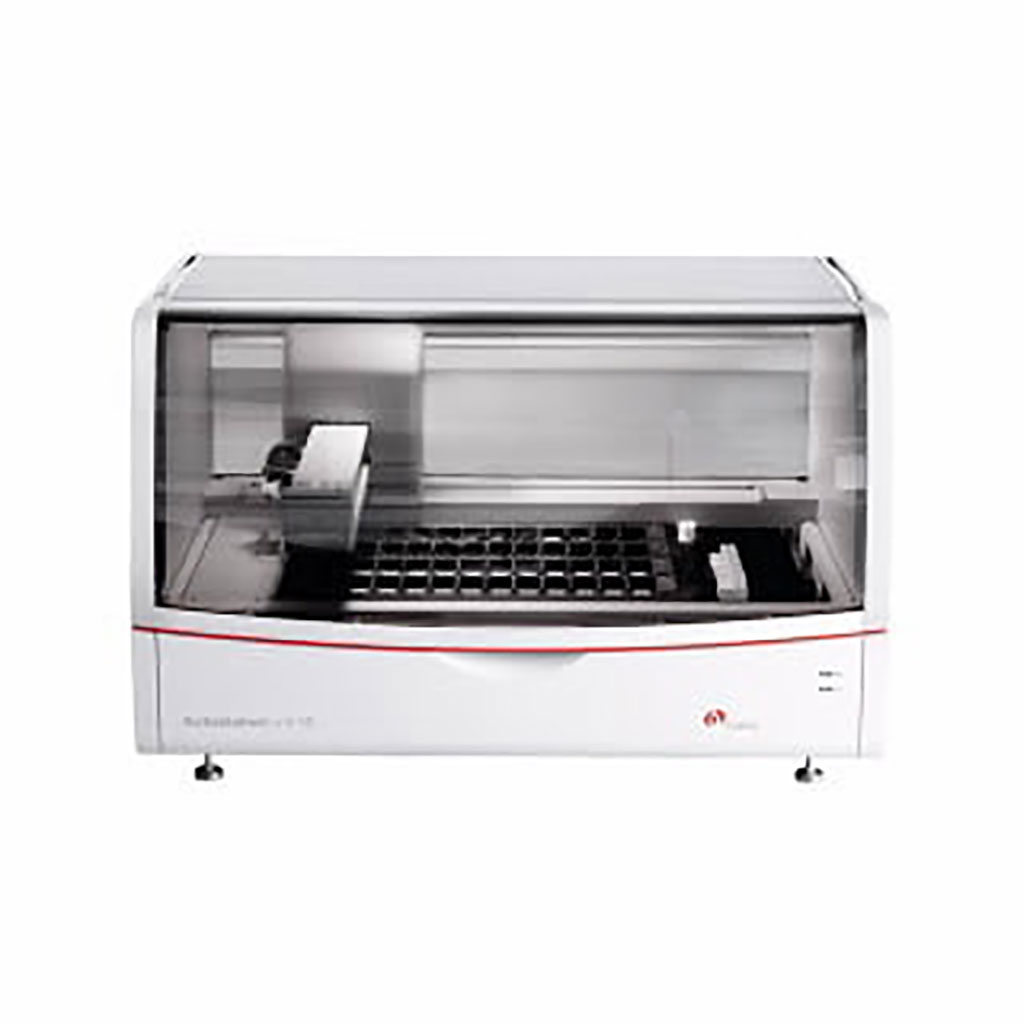PD-L1 Expression Associated With Poorer Survival in Anal Squamous Cell Carcinoma
Posted on 27 Sep 2022
Although anal squamous cell carcinoma (ASCC) is a rare malignancy, making up only 0.5% of all cancer cases in the USA, disconcertingly, the annual incidence continues to rise both globally and in the USA.
There is a clear association between human papillomavirus and ASCC, with human papillomavirus 16 being the most frequent genotype associated with nearly 90% of cases. Despite morphologic similarities, association with human papillomavirus, and shared risk factors with cervical squamous cell carcinoma, molecular and biological outcome predictors for survival are still not understood and may differ from those in cervical squamous cell carcinoma.

Pathology and Laboratory Medicine Scientists at Emory University (Atlanta, GA; USA) assessed programmed death ligand-1 (PD-L1) expression in patients with ASCC and correlated it with clinicopathologic factors and clinical outcomes. The team retrieved paraffin-embedded blocks from 58 cases which were immunostained with PD-L1 mouse monoclonal antibody (Agilent Dako, Carpinteria, CA, USA). Four- to 5-micrometer-thick sections of formalin-fixed, paraffin-embedded tissue were tested for the presence of PD-L1 using the Dako PD-L1 IHC 22C3 pharmDx kit. All slides were loaded on a Dako Auto Stainer Link 48automated system and incubated with a mouse monoclonal antibody to PD-L1 or the negative control reagent.
The investigators reported that PD-L1 was positive in 24/51 cases (47%) by combined positive score and in 18/51 (35%) by tumor proportion score. The median cancer-specific survival and 5-year overall survival were significantly lower in PD-L1+ patients. Age, sex, HIV status, HIV viral load, stage, and cancer progression were not significantly different between the two groups. The CD4 count of more than 200/μL was significantly higher in PD-L1+ patients. PD-L1+ status remained statistically significant for worse overall survival on multivariate analysis. The majority (16/24 [67%]) of PD-L1+ cases had overall low scores of less than 10 of combined positive score (CPS) and 12/18 [67%] of tumor proportion score (TPS). The team also noted that 3/24 (13%) of CPS and 3/18 (17%) of TPS were higher than 25.
The authors concluded that that the median cancer-specific survival and 5-year overall survival were significantly lower in PD-L1+ patients than PD-L1− patients with ASCC. PD-L1 expression is an independent prognostic factor for worse overall survival and does not correlate with age, sex, tumor stage, HIV status, HIV viral load, and progression-free survival. HIV-positive patients with higher CD4 count were more likely to be PD-L1+. The study was published in the September 2022 issue of the journal Archives of Pathology and Laboratory Medicine.
Related Links:
Emory University
Dako













